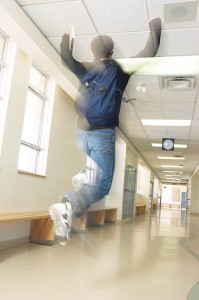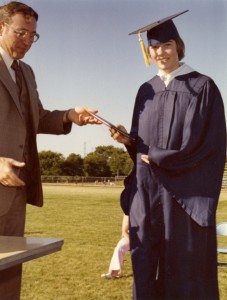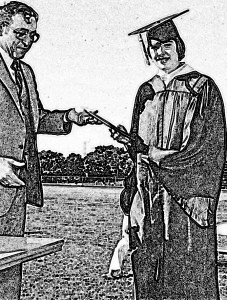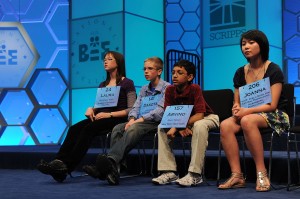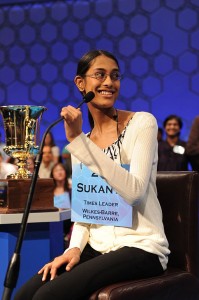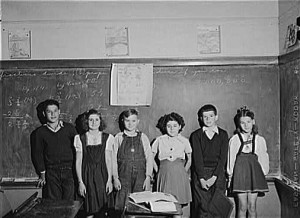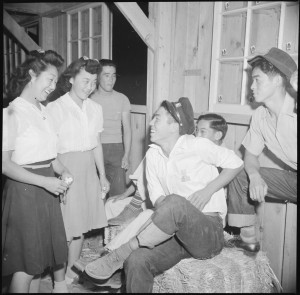 For today’s Education Focus I want to take a quick look at tutoring. When Americans talk of “tutoring,” they generally mean any kind of private, one-to-one academic instruction. Sometimes, it is possible that a student might be eligible to receive specialized, one-on-one instruction from his own school. For example, a student might have a lengthy absence from school due to a chronic or long-lasting medical condition. In this case, the school would assign a private instructor to tutor the student at home or in the hospital to help the student keep up with his classmates and schoolwork so he will not be behind when he is finally able to return to school.
For today’s Education Focus I want to take a quick look at tutoring. When Americans talk of “tutoring,” they generally mean any kind of private, one-to-one academic instruction. Sometimes, it is possible that a student might be eligible to receive specialized, one-on-one instruction from his own school. For example, a student might have a lengthy absence from school due to a chronic or long-lasting medical condition. In this case, the school would assign a private instructor to tutor the student at home or in the hospital to help the student keep up with his classmates and schoolwork so he will not be behind when he is finally able to return to school.
Most of the time, though, tutoring takes place independently of the student’s school. Because of this, it is the parents’ responsibility to arrange for this independent instruction and pay for it. There are many options available for parents who wish to arrange to have their student tutored. It depends on the reason why a parent wants to make such arrangements.
Most Americans view tutoring as a remedial activity. This means that they are concerned that their student is falling behind in his school subjects, or has difficulty understanding what is going on in class or with doing his homework, and needs extra help beyond what the teacher can provide. The parents want to make sure that their student can keep up with his classmates, so they enlist the help of a private educational center that focuses on providing remedial instruction, such as Sylvan Learning Centers, Huntington Learning Centers, or Kumon. Strictly speaking, these places generally provide semi-private instruction rather than true one-on-one instruction, as students usually share an instructor with two or three other students. In addition to the national franchises mentioned above, there are other private educational centers that also focus on remedial instruction. Other options for parents in this situation might include hiring a college student or retired teacher to come to the home and provide individualized, independent instruction. Of course, one-on-one instruction is going to cost more than semi-private instruction at one of the private educational centers, but some parents prefer this arrangement for its convenience and efficiency.
Some Americans, however, view tutoring as an enrichment activity. They are concerned that their student is not being sufficiently challenged in school, and they wish to provide their student with more intellectual stimulation than is available in a normal school setting. They might be interested in helping their student to accelerate, or get ahead in school, and thus they seek out tutors who can help their student progress at a faster pace than in a normal classroom. Most parents seeking such a challenge for their student are generally not well-served by the national tutoring franchises, and so must look elsewhere for private tutors, such as searching online or inquiring at a local college. It is more difficult to find a tutor for this type of instruction, but once one is found, the parents generally try to retain such a tutor, as they find it to be a worthwhile investment in their student’s education.
Additionally, most parents are concerned that their student get into a good college. To this end, then, many parents arrange for their student to have tutoring that focuses specifically on the SAT and / or ACT, which tests play a major role in the college admission process. Although many SAT prep classes may claim to guarantee a specific point gain as the result of the student having gone through their program, the fact is that the degree to which a student’s performance will improve depends heavily on the circumstances of the individual student. For example, a student who is already scoring at the 90th percentile will probably not see a point gain of one hundred points or more. However, a student scoring at the 25th percentile could very well improve his score by two hundred points or more with practice and training. It is important for parents and students alike to have realistic expectations from an SAT prep class, and recognize what such a class can and cannot do.
At Summit Language Institute, we provide private instruction for your student, whether you are interested in getting your student up to speed, or you want to help your student prepare for the SAT/ACT. If you live in the Chicago area and would like more information, please contact us for a free, no-obligation consultation.

